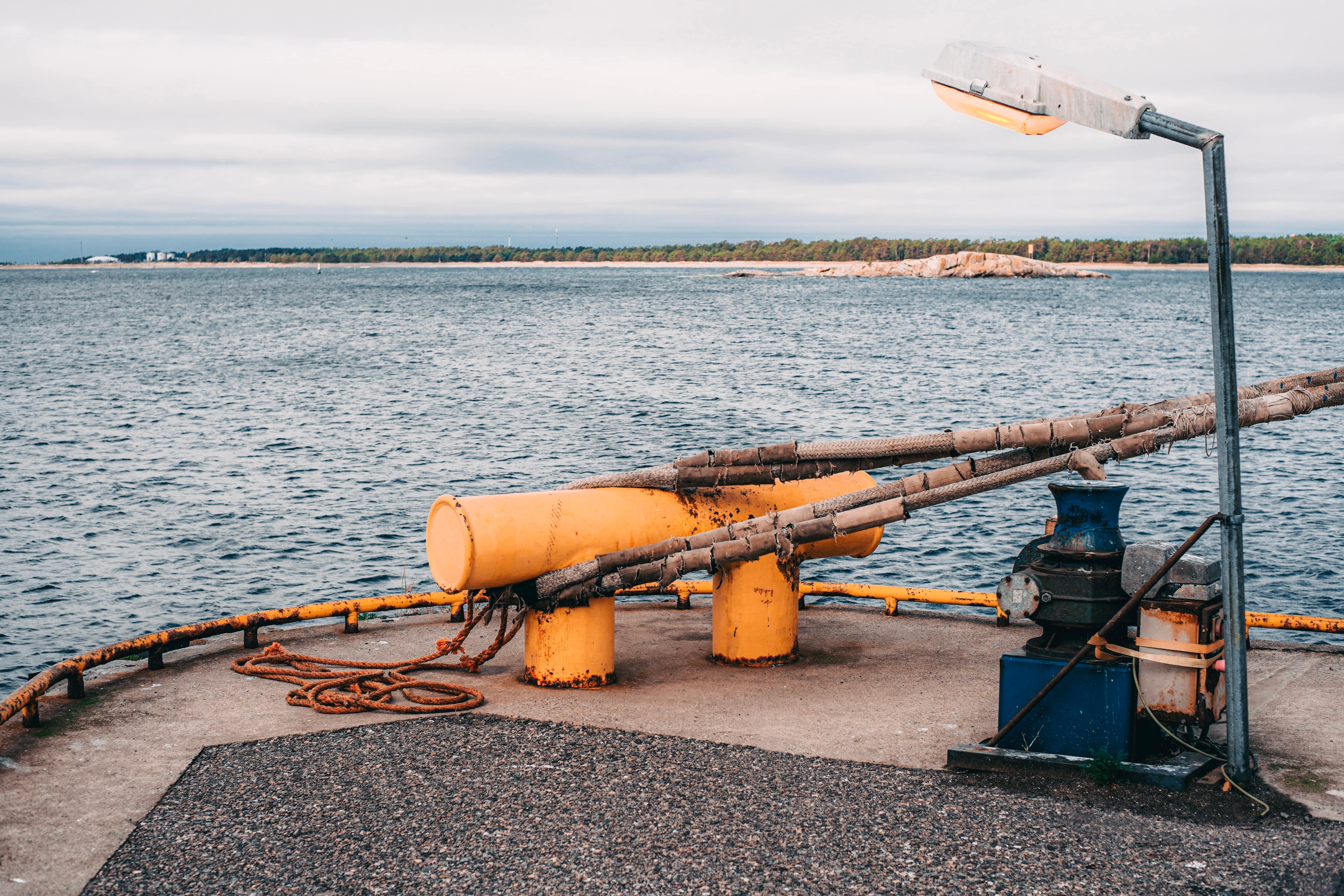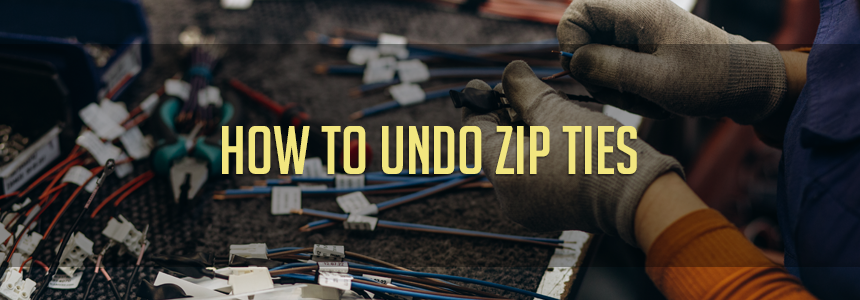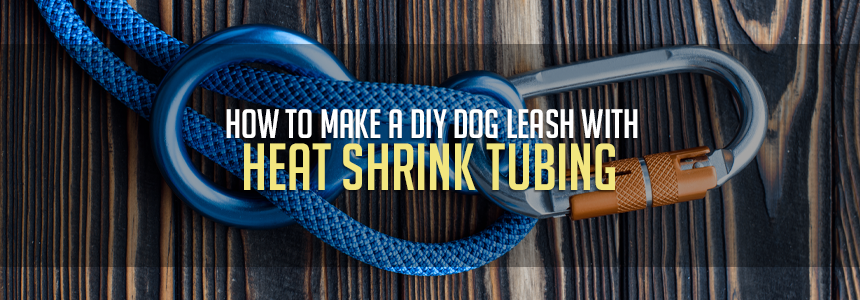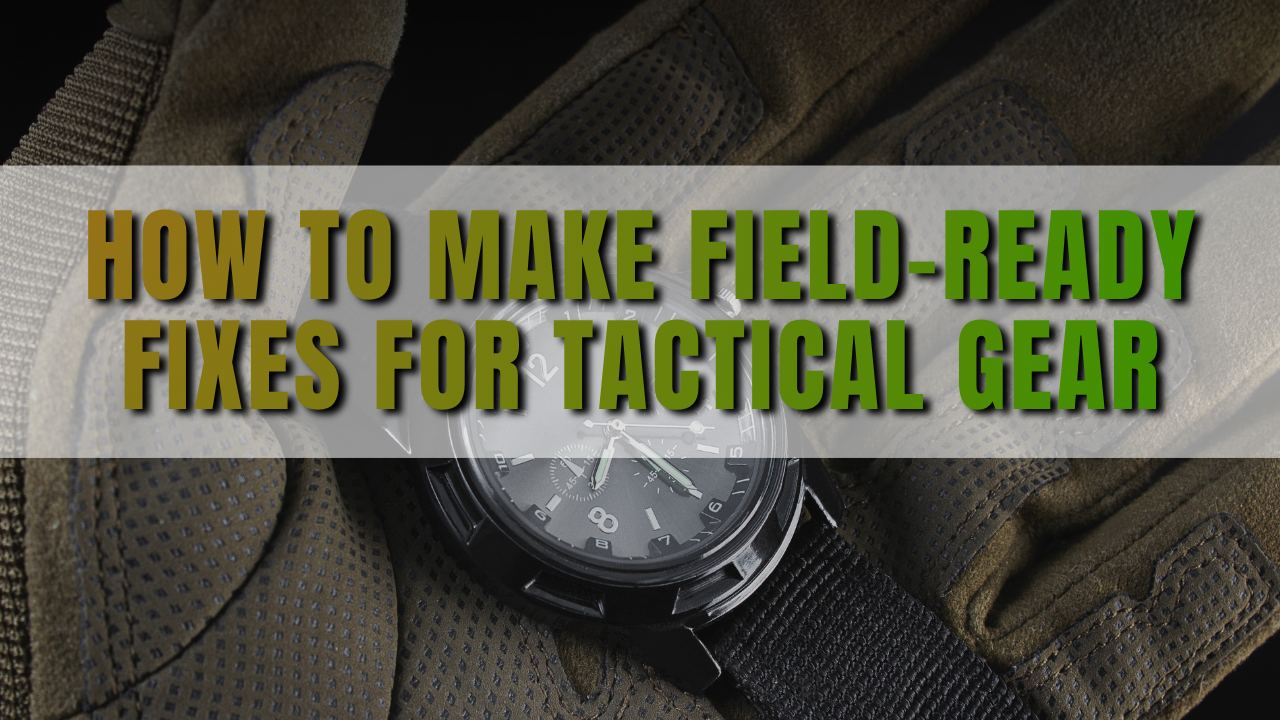Maintenance Tips for Marine Wiring: Using Cable Ties for Secure Installations

Maintenance Tips for Marine Wiring: Using Cable Ties for Secure Installations
Maintaining a boat’s electrical system is crucial not only for the vessel's operational efficiency but also for ensuring the safety of everyone on board. The harsh marine environment poses unique challenges to wiring systems, making regular maintenance and proper cable management essential. This article will explore essential maintenance tips for marine wiring, focusing on using cable ties for secure installations. Additionally, we'll discuss various marine cable management solutions, the benefits of heat shrink tubing for boat cable organization, effective boat wire bundling techniques, and the importance of marine cable routing and protection.
Understanding Marine Cable Management
Marine cable management refers to the techniques and products used to organize, protect, and secure electrical wiring on boats and other marine vessels. Proper cable management is critical in the marine environment, where exposure to saltwater, humidity, and fluctuating temperatures can degrade electrical components over time.
A well-organized wiring system enhances the boat's functionality and contributes to its safety. Poorly managed cables can lead to electrical shorts, corrosion, and even fires. Therefore, investing in quality cable management solutions is essential for maintaining a safe and efficient marine electrical system.
Marine Cable Management Solutions
To manage cables effectively on a marine vessel, it's essential to use products designed specifically for the marine environment. Some of the most commonly used marine cable management solutions include:
- Cable Ties: These are indispensable for bundling and securing cables. Marine-grade cable ties are made from UV-resistant, corrosion-resistant materials like nylon, making them ideal for harsh marine conditions.
- Cable Clamps and Clips: Used to secure cables along the boat's structure, these clamps and clips prevent wires from sagging or moving, which can cause wear over time.
- Cable Conduits: Conduits provide an additional layer of protection for cables, shielding them from physical damage, moisture, and chemicals.
- Heat Shrink Tubing: This tubing is used to insulate and protect connections, providing a snug fit around cables and connectors. It’s especially useful in the marine environment due to its resistance to moisture and abrasion.
- Cable Labels: Labeling cables can help identify different circuits and wires, making troubleshooting and maintenance much easier. Clear heat shrink can make your labels more prominent.
The Role of Heat Shrink Tubing in Boat Cable Organization
Heat shrink tubing plays a crucial role in marine cable management. This versatile product can be used to insulate connections, protect wires from the elements, and provide a clean, professional appearance to your boat's wiring.
Why Use Heat Shrink Tubing?
- Moisture Protection: In the marine environment, moisture is a constant threat to electrical systems. Heat shrink tubing provides a tight seal around wires and connectors, preventing water ingress that can cause corrosion and electrical shorts.
- Abrasion Resistance: Cables on a boat are often exposed to movement and vibration, leading to wear and tear over time. Heat shrink tubing adds an extra layer of protection against abrasion, extending the life of your cables.
- Strain Relief: When applied correctly, heat shrink tubing can provide strain relief for connections, reducing the risk of wires breaking due to movement or tension.
- Professional Appearance: Heat shrink tubing offers a clean, polished look to your wiring, which is not only aesthetically pleasing but also makes it easier to spot any potential issues during inspections.
How to Apply Heat Shrink Tubing
- Cut the Tubing: Measure the length of heat shrink tubing required for your application and cut it to size. Make sure it will cover the entire connection area.
- Slide the Tubing Over the Connector: Before making your electrical connection, slide the tubing onto the wire. If you've already made the connection, you can use split tubing designed to wrap around the wire.
- Heat the Tubing: Use a heat gun to evenly heat the tubing. As it heats, the tubing will shrink, conforming tightly around the wire and connection. Be careful not to overheat, as this can damage the tubing or wire.
- Inspect the Connection: Once the tubing has cooled, inspect the connection to ensure a snug fit. The tubing should be tight with no gaps or wrinkles.
Boat Wire Bundling Techniques
Proper bundling of wires is a critical aspect of marine cable management. Bundling works as cables organizers, reduces clutter, and protects them from damage. Below are some effective boat wire bundling techniques:
- Using Cable Ties: Cable ties are one of the simplest and most effective ways to bundle wires. When bundling wires, it's important to use marine-grade cable ties that are resistant to UV rays and corrosion. Tighten the ties enough to secure the wires but avoid over-tightening, as this can damage the insulation.
- Cable Lacing Cord: This traditional technique involves wrapping a continuous lace around a bundle of wires to hold them together. While more time-consuming than using cable ties, cable lacing is durable and provides a neater finish. It’s particularly useful for larger bundles or when you want to avoid the bulkiness of multiple cable ties.
- Velcro Straps: Velcro straps are a reusable alternative to cable ties. They are ideal for areas where you may need to frequently add or remove wires from a bundle. However, they may not be as secure as cable ties in high-vibration environments.
- Using Conduits for Bundling: For added protection, wires can be bundled within a conduit. This method not only organizes cables but also shields them from physical damage and environmental exposure.
- Labeling Bundles: After bundling your wires, label each bundle to indicate the function or destination of the wires within. Consider covering with clear heat shrink tubing. This will make future maintenance easier and faster
.
Marine Cable Routing and Protection
Routing and protecting your marine cables are vital for preventing damage and ensuring long-term reliability. Proper routing involves planning the path of your cables to minimize exposure to harsh conditions and potential hazards.
Tips for Effective Marine Cable Routing
- Plan Your Cable Runs: Before installing or routing any cables, plan the path carefully. Avoid areas with high heat, sharp edges, or potential points of abrasion. Run cables away from sources of moisture whenever possible.
- Secure Cables Properly: Use cable clamps or clips to secure cables along their route. This prevents them from sagging or moving, which can cause wear over time. Make sure the clamps are spaced appropriately to provide adequate support.
- Use Conduits for Protection: In areas where cables may be exposed to physical damage, run them through conduits. This is especially important in engine compartments or other areas where cables might be subjected to heat or mechanical stress.
- Avoid Tight Bends: When routing cables, avoid making tight bends, which can stress the wire and insulation. A general rule is to maintain a bend radius of at least 10 times the cable diameter.
- Separate High- and Low-Voltage Cables: To prevent electrical interference, route high-voltage and low-voltage cables separately. If they must cross, do so at a 90-degree angle.
Protecting Cables from Environmental Factors
- Moisture and Water Intrusion: Seal all cable entries into the boat's hull or compartments to prevent water ingress. Use marine-grade sealants and grommets for this purpose.
- UV Protection: Cables exposed to sunlight should be UV-resistant to prevent degradation. Use UV-resistant cable ties, conduits, and heat shrink tubing in areas exposed to direct sunlight.
- Abrasion Protection: In high-wear areas, such as where cables pass through bulkheads or around sharp corners, use abrasion-resistant conduits or sleeves to protect the cables.
Heat Shrink for Tidy Marine Wiring
Heat shrink tubing isn’t just for protecting connections—it can also be used to create a neat and tidy wiring system. Using heat shrink tubing for wire organization offers several benefits beyond mere protection.
Bundling and Labeling with Heat Shrink Tubing
One effective technique for maintaining a tidy marine wiring system is to use heat shrink tubing to bundle and label cables. By applying heat shrink tubing over cable ties or directly over the bundled wires, you can create a uniform and clean appearance.
- Color-Coding: Use different colors of heat shrink tubing to color-code cables based on their function or destination. This makes it easier to identify specific circuits at a glance.
- Labeling: Before shrinking the tubing, you can insert a label under clear heat shrink tubing. Once shrunk, the label will be permanently affixed and protected from the environment.
Protecting Wire Ends
Exposed wire ends can be a source of electrical shorts or corrosion. Use heat shrink tubing to cover and seal wire ends after stripping or terminating them. This will provide a moisture-resistant seal and reduce the risk of damage.
Organizing Cable Entry Points
At cable entry points, such as where cables pass through bulkheads or connect to equipment, use heat shrink tubing to organize and protect the wires. This not only makes the installation look more professional but also reduces the risk of chafing and damage.
Conclusion
Maintaining marine wiring requires a proactive approach to organization, protection, and regular inspection. By using cable ties, heat shrink tubing, and other marine cable management solutions, you can ensure that your boat's electrical system remains safe, reliable, and efficient.
Proper cable management not only enhances the longevity of your wiring but also plays a crucial role in the overall safety of your vessel. Whether you're bundling wires, routing cables, or protecting connections, the techniques and tips outlined in this article will help you achieve a secure and professional installation.
In the challenging marine environment, where exposure to saltwater, humidity, and extreme temperatures can take a toll on electrical systems, investing in quality cable management solutions is not just an option—it's a necessity. By applying these maintenance tips, you'll be well on your way to ensuring that your boat's wiring remains in top condition for many voyages to come.














